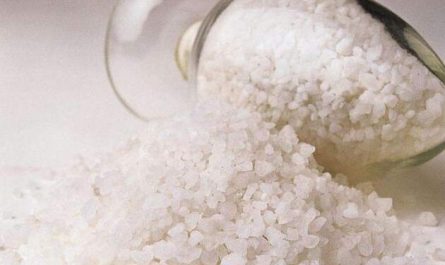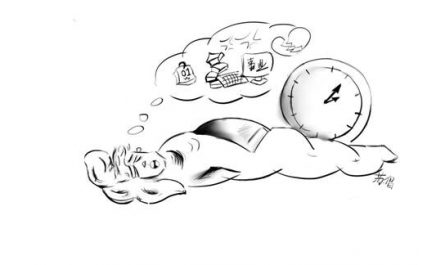For these phenomena, you may not be surprised: some students have gradually grown white hair as the college entrance examination is approaching; some national leaders have black hair before they formally take office, but within a few years after taking office, they have Grey hair.
Most people know that great stress can cause gray hair. But for this obvious question, scientists did not find a preliminary answer from experimental black mice until not long ago, and this answer also leads to another big question.
Looking for the cause of gray hair overnight
The reason why stress can cause gray hair is because of the effect of norepinephrine in our body. However, in order to get this simple answer, scientists have spent a lot of energy.
For a long time, people thought that immune cells under stress “injured” pigment-producing cells, which led to gray hair. But when scientists conducted experiments on black mice, they found that black mice lacking immune cells still turned white under extreme pressure.
In this way, immune cells are not the “culprit.” Subsequently, the scientists turned their attention to the cortisol hormone. Although cortisol hormone is a hormone that we normally secrete under stress, it can help us mobilize the resources of the whole body in an instant, such as using other non-sugar substances to synthesize glucose, causing proteolysis, and “strengthening” some of the functions that should be used. Resources for the division of immune cells, etc., to cope with stress. But if the cortisol hormone is always at a high level in our body, it will consume our body’s resources, make us “exhausted” and weaken our immunity, and then a chain reaction will occur, causing our body to produce various problems. . Scientists believe that these problems include: hair graying.
However, even if the scientists removed the black rat’s adrenal glands so that the black rat could no longer secrete cortisol hormone, the black rat’s hair turned white under pressure.
Stem cells are overdrawn
The scientists were not discouraged, they turned their attention to norepinephrine hormone, which is also a hormone that we normally secrete when we feel stressed. Scientists injected norepinephrine hormone directly into black mice, and the results showed that even if there was no pressure, the hair around the injection area turned white.
How does norepinephrine make hair white? In the hair follicles, there are stored some stem cells, which act as “candidates” for pigment-producing cells. When the hair regenerates, some of these stem cells will be consumed to transform into pigment-producing cells, which will continue to make the hair black normally. However, the number of these stem cells in hair follicles is limited.
Scientists have discovered that norepinephrine can accelerate the transformation of these stem cells, and if the dose of norepinephrine is sufficient, it will convert all stem cells into pigment-producing cells, and eventually overbring these stem cells, and no more pigment production. The cells are born, and white hair grows out of it. And in some extreme cases, these stem cells will be permanently depleted, and “white hair” will never change back to “black hair”.
So how does norepinephrine come into the hair follicles? Scientists have long discovered that the animal’s sympathetic nervous system secretes this hormone. This nervous system is very important. It is specifically responsible for the animal’s “fight-flight” response. Its nerve branches are connected to every hair follicle of the skin. When you feel pressure, this nervous system will quickly activate and secrete more norepinephrine, and these hormones will also come to the hair follicles at this time.
There is no free lunch
The activation of the sympathetic nervous system is extremely beneficial to the survival of animals. When faced with danger, extreme survival pressure makes it secrete more norepinephrine. This hormone then dilates the pupils of the animal, strengthens the heartbeat, and then causes an increase in pumping blood volume and an increase in adrenaline secretion, and fully mobilizes the resources of the heart, liver, and kidneys to deal with the danger. Animals at this time often make behaviors that break through their daily limits, such as “dog jumping over the wall”.
However, this discovery by scientists shows that the successful response of animals to life-threatening dangers may not be without cost. Since the nerve branches of the sympathetic nervous system are distributed throughout the major organs of the animal body, in addition to the overbranched hair follicle stem cells, there may be other costs that scientists have not discovered.
Although humans are no longer facing a pure life and death crisis like other animals, the situation of humans is more complicated, and they face more pressures and challenges in various complicated social lives. Moreover, after some people have tasted the benefits of pressure, such as the extraordinary performance of students’ important exams, the key decisions of entrepreneurs, and the high-quality decisions of national leaders, they will intentionally or unconsciously put themselves under pressure to gain Play better. If this situation persists for a long time, the accumulated pressure is no less than the survival crisis faced by other animals.
Therefore, alleviating stress as much as possible will keep us healthy physically and mentally. ?






